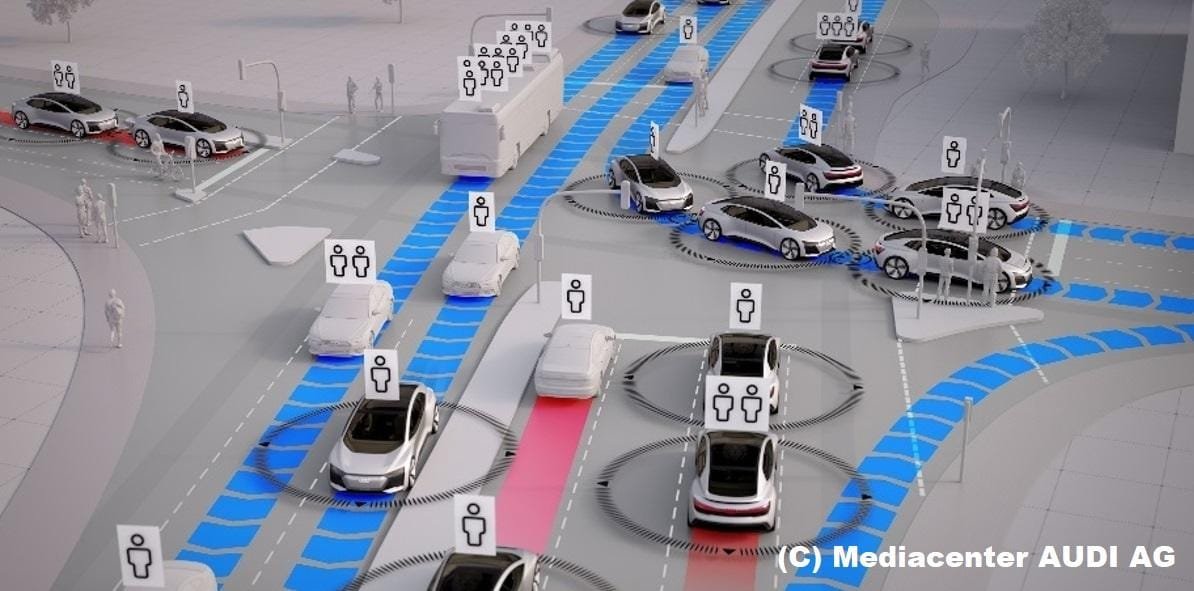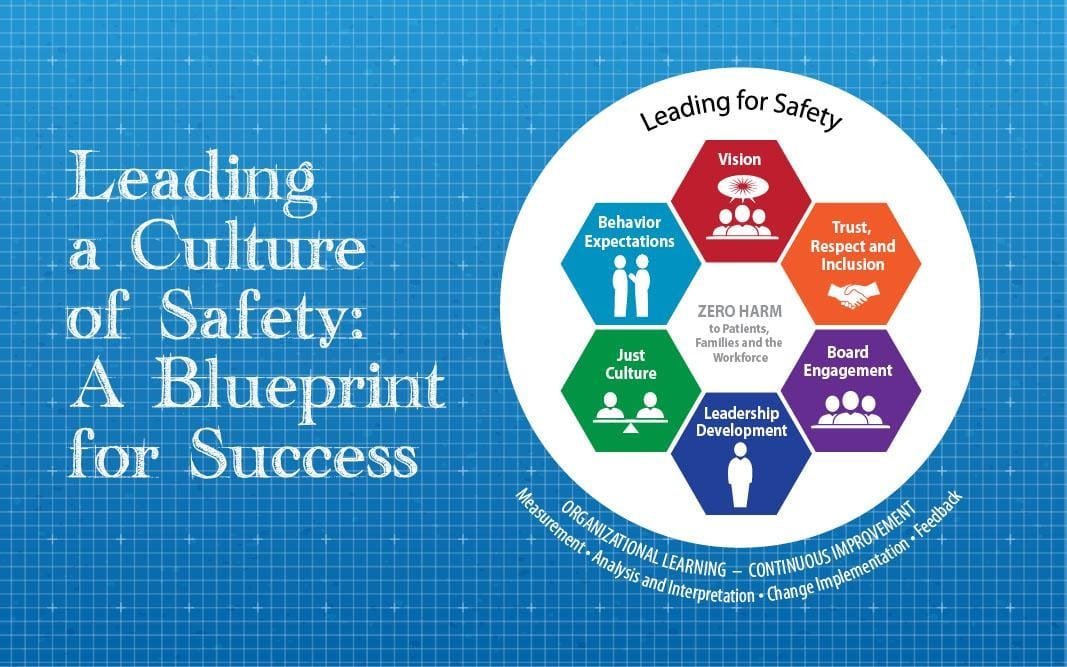Table of Contents
As we navigate through the fast lanes of the 21st century, the automotive landscape is undergoing a transformation unlike any witnessed before. With the convergence of technology, sustainability, and user-centric design, the vehicles of tomorrow are being reimagined to meet the demands of an evolving world. From electric vehicles pushing the boundaries of efficiency to autonomous driving reshaping our daily commutes, innovation is not just a goal but an ongoing journey.
In this dynamic environment, automakers are exploring new frontiers, integrating smart technologies that not only enhance performance but also enrich the driving experience. As challenges like climate change and urban congestion loom larger, the quest for solutions has sparked a creativity revolution within the industry. Here, we delve into the trends and technologies that promise to define the road ahead, steering us toward a more connected and sustainable future.
Embracing Electric Dreams and Sustainable Solutions
As the world shifts toward an era defined by eco-consciousness, the automotive industry is at the forefront of this transition, paving the way for innovative technologies. With the rise of electric vehicles (EVs), manufacturers are adopting clean energy solutions that reduce carbon footprints while enhancing performance. From regenerative braking systems to advanced battery technologies, these vehicles not only promise reduced emissions but also offer sleek designs that appeal to a new generation of environmentally aware consumers.
Moreover, collaboration among tech innovators, automotive giants, and sustainable energy companies is fostering groundbreaking advancements. Key trends shaping the industry include:
- Smart Charging Infrastructure: Development of widespread, user-friendly charging stations.
- Battery Recycling Programs: Initiatives aimed at reusing materials for eco-friendly production.
- Autonomous Features: Integration of AI for enhanced safety and efficiency on the road.
Peer-to-peer car sharing and vehicle-to-grid technology are also emerging solutions that maximize resource efficiency. By merging consumer convenience with sustainability, the future of transportation not only addresses climate change but also promotes a circular economy. Through innovative thinking and technological advancements, the automotive landscape is evolving into one that better serves both people and the planet.

Navigating Connected Mobility: The Role of Smart Technologies
In today’s rapidly evolving automotive landscape, smart technologies are becoming indispensable in shaping a seamless driving experience. These innovations are enhancing communication between vehicles, infrastructure, and users, fostering a forward-thinking ecosystem. Key components of this transformation include:
- Vehicle-to-Everything (V2X): Facilitating real-time data exchange between vehicles and their surroundings.
- Advanced Driver Assistance Systems (ADAS): Augmenting safety and efficiency through intelligent automation.
- Cloud Computing: Offering vast storage and processing capabilities for massive data analysis.
Smart technologies are not just enhancing convenience; they’re also pivotal in reducing environmental impacts. Techniques like autonomous driving leverage AI to ensure optimal fuel consumption while minimizing emissions. As connected mobility expands, the following aspects will redefine our urban experiences:
| Aspect | Benefit |
|---|---|
| Traffic Management | Reduced congestion through real-time route optimization. |
| Safety Features | Lower accident rates due to predictive analytics. |
| Energy Efficiency | Enhanced sustainability through smart energy allocation. |

Redefining the Driving Experience through Autonomous Innovations
Autonomous innovations are set to reshape how we think about mobility. By utilizing advanced AI algorithms and real-time data analytics, vehicles can now make decisions that enhance safety and efficiency. With features like adaptive cruise control and automatic braking, driving stress is significantly reduced. The vehicle of tomorrow will seamlessly integrate into smart city infrastructures, prioritizing flow and minimizing congestion.
The transformative potential of self-driving cars extends beyond mere convenience. They promise increased accessibility for those unable to drive, reduction in traffic accidents, and lower carbon footprints. Imagine a world where vehicles communicate with each other, optimizing routes and reducing travel times. The possibilities are endless and exhilarating!
| Benefits of Autonomous Vehicles | Description |
|---|---|
| Enhanced Safety | Reduction in human error related accidents. |
| Increased Efficiency | Optimal routing to save time and fuel. |
| Accessibility | Greater mobility for individuals with disabilities. |

Cultivating a Culture of Safety: Innovations in Vehicle Design and Regulation
As we navigate the landscape of modern automotive engineering, the emphasis on safety has never been more pronounced. Manufacturers are integrating smart technologies that significantly enhance vehicle safety. Features such as automatic emergency braking, adaptive cruise control, and lane-keeping assist are just the tip of the iceberg. These innovations not only protect passengers but also contribute to lowering accident rates, showcasing how technology can transform our driving experience.
In tandem with design innovations, regulatory bodies are evolving frameworks to ensure the highest safety standards. These regulations now encourage the adoption of sustainable materials and crash-testing protocols, which prioritize passenger safety over all else. The implementation of connected vehicle technology can also improve road safety by enabling vehicles to communicate with one another, potentially preventing collisions before they occur. This synergy between design and regulation paints a promising picture for the future of safe travel.
Final Thoughts
As we steer toward the horizon of automotive innovation, it’s clear that the road ahead is both exciting and transformational. The future promises advancements that not only redefine our driving experience but also shape our relationship with technology and sustainability.
Key highlights to remember include:
- Electrification: The shift to electric vehicles is not just inevitable; it is essential for a sustainable future.
- Autonomous Driving: Technology is paving the way for safer and more efficient transportation systems.
- Connectivity: The rise of smart vehicles will foster unparalleled integration with our daily lives.
Embracing these changes will require adaptability and a forward-thinking mindset. As we navigate this uncharted territory, collaboration among industries, governments, and consumers will be vital to ensure equitable and sustainable growth. The journey into tomorrow may be challenging, but the destination promises a smarter, greener, and more connected world. Let us drive forward into this promising future, ready to embrace the innovations that await.



